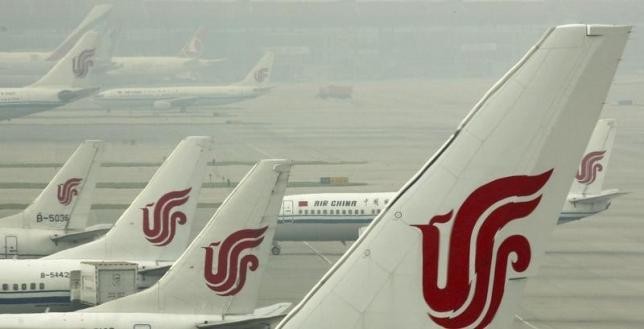Shenzhen is set to build three new airports with the aim to transform the city into a transport hub of southern China, according to a report by the South China Morning Post.
The three new airports will include one for commercial airliners, another for seaplanes and one for helicopters. The plan, however, may increase the number of airports in the Pearl River Delta that are underutilized.
According to the Shenzhen government's Eastward Shift Strategic Action Plan for 2016 to 2020 released last month, the airports are part of a 1.4-trillion-yuan (HK$1.66 trillion) plan to turn development eastward.
"Shenzhen will build the 'One Belt, One Road' transportation hub in southern China and study the plausibility of building an airport on water in the east as well as starting to plan a second airport in the east as soon as possible," the plan stated.
The second airport was in its very early stages, people familiar with the plan said. It was based on the estimated future demand when Baoan international airport reaches full capacity. The airport handled 39.7 million passengers last year, while Hong Kong had 68.4 million, and Guangzhou, 50 million. An 11.2-billion-yuan expansion plan has been started to add a third runway and fourth terminal to the airport, to meet the demand up to 2045.
The second airport will be constructed near Huizhou, a city to the east of Shenzhen. It now has a small facility that is being used by the military.
In addition to airports in Guangzhou, Hong Kong, Macau and Zhuhai that are already operating, a new airport for commercial airlines is also being planned.
Flights in the three larger airports are often delayed due to the complicated airspace management in the region, while the airports in Macau and Zhuhai are underutilized.
"Pearl River Delta airport coordination is just a myth. If it could be done, it would have been done long ago," said CK Law, an associate director of the Chinese University of Hong Kong's Aviation Policy and Research Centre.
Local governments in the region wanted their airports as secondary to others and flights are difficult to manage since airlines fly only to profitable destinations, the director said.
The plan by the central government would give Shenzhen airport a clear international role, in which it will be granted five more international routes this year, to enhance its role as an international hub based on the 13th Five-Year Plan.
International flights in the airport are expected to double by 2020, according to an airport spokeswoman, although she did not know yet about the proposal for the second airport.
An "airport-on-water" for seaplanes was also planned to be built on Shenzhen's Da Peng Peninsula to the northeast of Sai Kung, which is part of a plan to develop the peninsula as a high-end corporate travel destination.
Nantou Airport, which can handle 16 helicopters at a time, will be relocated to the Longhua District. Nantou airport is mainly used by CITIC Offshore Helicopters.
"Building new airports is a typical way for local governments to engineer urban growth after development based on land sales runs out of steam," Qi Qi, a lecturer at Guangzhou Civil Aviation Academy, said.



























